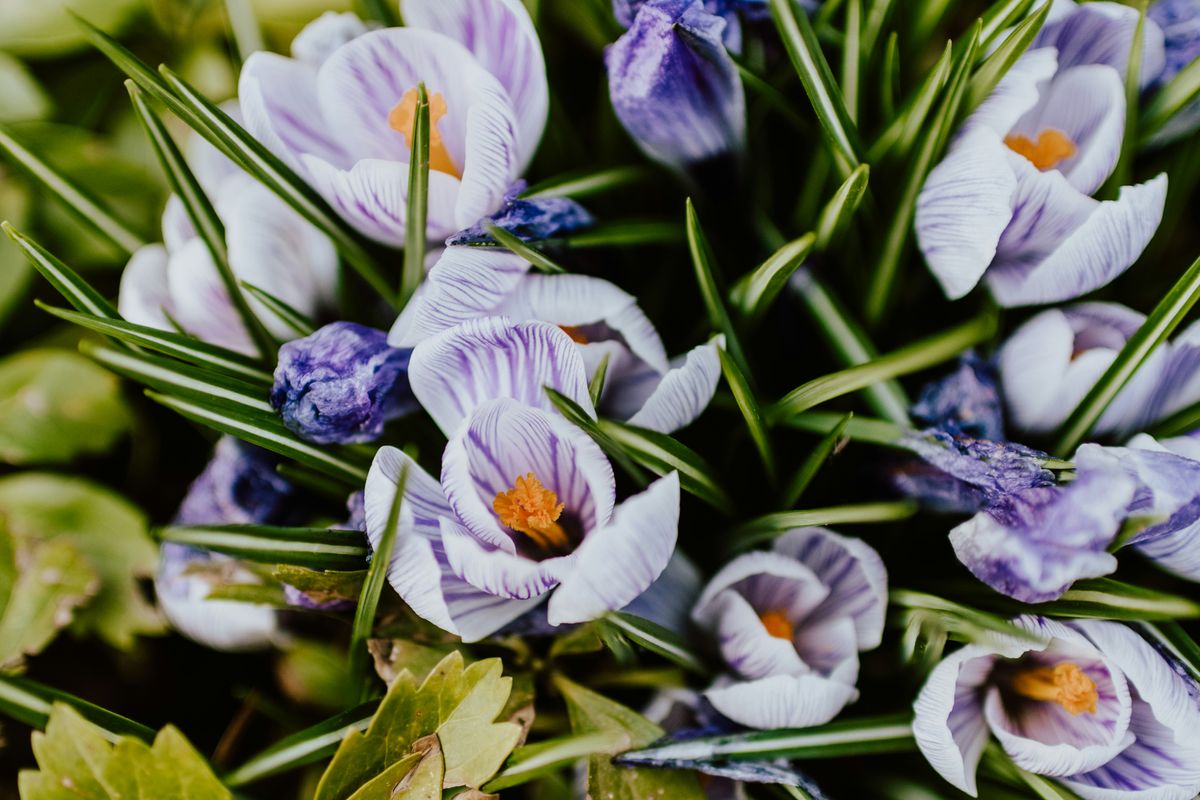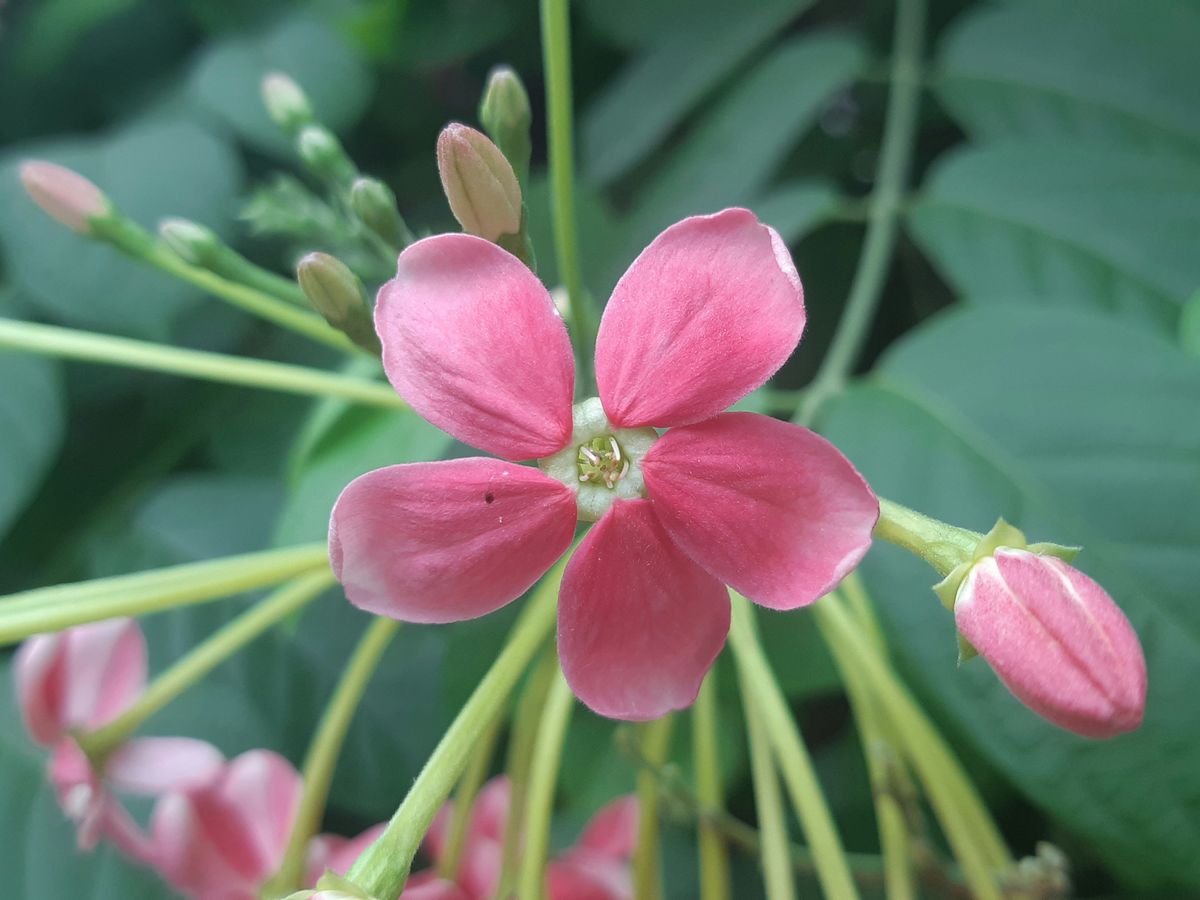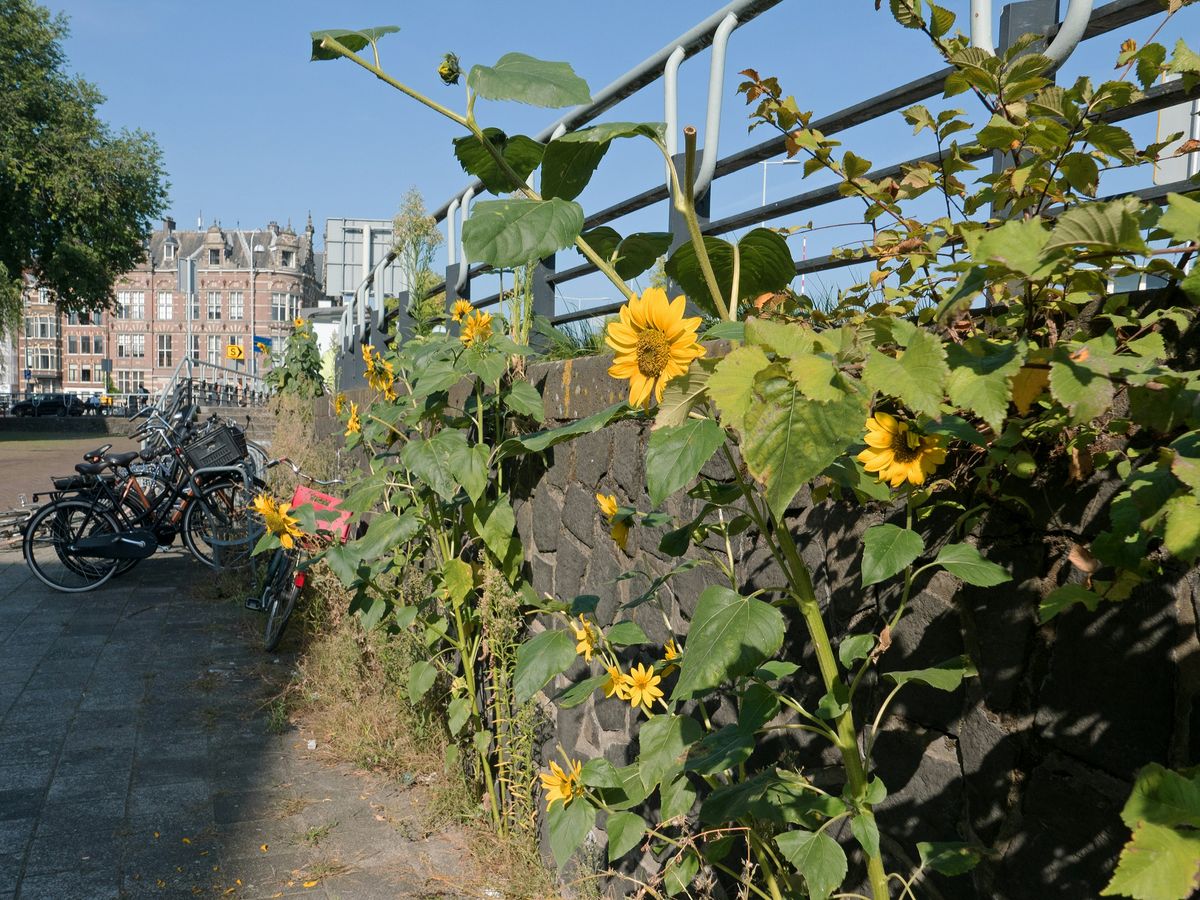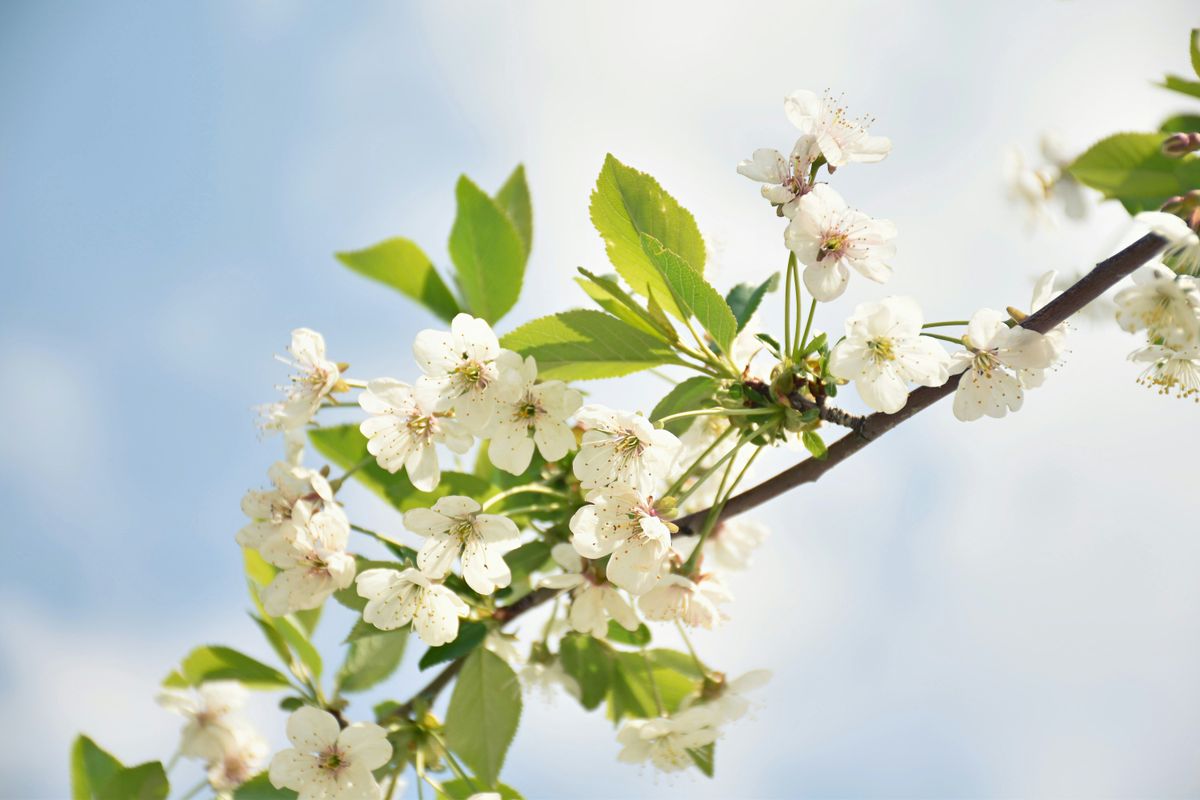The Simpson Stopper is a versatile and beautiful native plant that thrives in Florida’s unique climate. In this article, we will explore the various aspects of the Simpson Stopper, from its beauty and benefits to its landscaping potential and medicinal uses. Discover why the Simpson Stopper is a must-have in your Florida garden!
Key Takeaways
- The Simpson Stopper is a native plant that adds beauty and biodiversity to your garden.
- Growing Simpson Stopper is relatively easy, making it a great choice for Florida gardeners.
- Simpson Stopper attracts wildlife, such as birds and butterflies, enhancing your garden ecosystem.
- Pruning Simpson Stopper helps maintain its shape and promote healthy growth.
- The medicinal properties of Simpson Stopper make it a valuable plant for natural remedies.
Unveiling the Simpson Stopper

The Beauty of Simpson Stopper
The Simpson Stopper, with its lush foliage and vibrant flowers, is a true spectacle in any Florida garden. Its delicate white blossoms and eye-catching berries make it a favorite among both novice and experienced gardeners. Not only does it add a splash of color, but it also brings a sense of tranquility to your outdoor space.
When in full bloom, the Simpson Stopper is a magnet for local wildlife. The plant is particularly known for attracting a variety of butterflies and birds, creating a lively and dynamic garden ecosystem. Its berries, which transition from a subtle green to a deep, rich red, are not just beautiful to look at—they’re also a favorite snack for many bird species.
Here’s a quick glance at what the Simpson Stopper offers:
- Aesthetic appeal with its year-round beauty
- Low maintenance requirements
- Ability to attract and sustain local wildlife
Whether you’re looking to enhance your garden’s visual appeal or support local biodiversity, the Simpson Stopper is an excellent choice. It’s a plant that truly embodies the beauty and resilience of Florida’s native flora.
Growing Simpson Stopper in Your Garden
Getting your hands dirty with a bit of gardening? Simpson Stopper might just be the perfect addition to your green haven. This native shrub is not only beautiful but also quite easy to grow. Here’s a quick rundown on how to get started:
- First, choose a sunny spot in your garden. Simpson Stopper loves the sun!
- Make sure the soil is well-draining; soggy roots are a no-no.
- When planting, give each shrub enough space to flourish—about 3 to 5 feet apart should do the trick.
Once you’ve got them in the ground, caring for your Simpson Stoppers is a breeze. They’re drought-tolerant, so you won’t need to water them too often. Just keep an eye on them during particularly dry spells. And hey, while you’re sprucing up your garden, why not enhance your landscaping with some decorative ideas? You could use rocks to create a stylish downspout basin, adding both aesthetics and functionality to your garden’s drainage system.
Remember, a little TLC goes a long way. Protect your plants by keeping an eye out for pests and diseases. Regular maintenance, like sealing the soil and cleaning up spills promptly, will keep your Simpson Stoppers looking their best. Avoid using abrasive cleaners around them, and opt for gentle gardening tools to prevent damage.
Benefits of Simpson Stopper
The Simpson Stopper truly shines when it comes to the perks it brings to your garden. Not only is it a stunning addition, but it also plays a crucial role in the local ecosystem. Here’s why gardeners and nature lovers are all buzzing about it:
- Attracts wildlife: This native shrub is a magnet for butterflies and birds, adding a lively buzz to your garden.
- Low maintenance: Once established, the Simpson Stopper requires minimal care. It’s resistant to pests and diseases, which means less work and worry for you.
- Privacy provider: With its dense foliage, it’s perfect for creating natural privacy screens.
For all its beauty and benefits, the Simpson Stopper is not a demanding plant. It thrives in well-drained soil and, while it’s relatively forgiving, ensuring proper care will maximize its potential. Besides offering privacy, Simpson’s Stopper’s ability to attract butterflies and its resistance to pests make it a low-maintenance choice for any gardener looking to add a touch of Florida’s charm to their landscape.
Simpson Stopper: A Florida Gem

Native Habitat of Simpson Stopper
The Simpson Stopper, a true Florida gem, thrives in the wild, basking in the state’s balmy climate. Nestled in the sandy soils of Florida’s coastal hammocks and pine rocklands, this resilient shrub is a testament to the adaptability of native flora.
- Coastal hammocks
- Pine rocklands
- Sandy, well-drained soils
In these habitats, the Simpson Stopper coexists with a variety of other native species, such as the Clusia shrubs, which are also popular for privacy hedges in South Florida. The Simpson Stopper’s ability to flourish in similar conditions highlights its versatility and ease of care—qualities that make it a favorite among gardeners and conservationists alike.
Caring for Simpson Stopper
Caring for the Simpson Stopper is a breeze, making it a perfect addition to any Florida garden. These hardy shrubs require minimal attention, but a few simple practices will ensure they thrive.
- Watering: Young plants need regular watering until they’re established. Once mature, Simpson Stoppers are drought-tolerant, but they’ll appreciate occasional deep watering during extended dry spells.
- Soil: They aren’t picky about soil but do best in well-drained conditions. Adding organic matter can enhance growth.
- Sunlight: Full sun to partial shade suits them just fine, though they’ll flower more abundantly with more light.
- Fertilizing: A light application of balanced fertilizer in spring can promote lush foliage and vibrant blooms.
Remember, just like regular roof maintenance is crucial for a strong and reliable roof, consistent care for your Simpson Stopper will prevent the need for costly repairs and ensure its longevity in your garden. And while they don’t need much, a little love goes a long way—much like how fire-rated access doors enhance safety while seamlessly fitting into your home’s design.
Attracting Wildlife with Simpson Stopper
The Simpson Stopper is not just a feast for our eyes; it’s a banquet for wildlife too! Birds and butterflies are particularly fond of this Florida native, drawn to its bountiful berries and fragrant flowers. Creating a wildlife-friendly garden with Simpson Stopper is both rewarding and straightforward.
Here’s how you can turn your garden into a wildlife haven:
- Plant Simpson Stoppers in clusters to create a dense habitat.
- Ensure a mix of other native plants to provide year-round sustenance.
- Avoid using pesticides that can harm beneficial insects and birds.
- Add a water source nearby, like a birdbath or a small pond, to attract even more visitors.
Remember, a garden teeming with life is a sign of a healthy ecosystem. By incorporating Simpson Stoppers, you’re not only beautifying your space but also supporting local biodiversity. And let’s not forget, the Simpson’s stopper blooms year-round, offering a topography of colors and textures that’s irresistible to our winged friends.
Simpson Stopper: Nature’s Gift to Florida

Landscaping with Simpson Stopper
When it comes to sprucing up your outdoor space, the Simpson Stopper is a stellar choice. This native Floridian shrub not only adds a lush, tropical feel to your garden but also thrives with minimal fuss. Its adaptability to the local climate makes it a go-to for gardeners looking to embrace the natural beauty of Florida.
Here’s why you’ll love having it in your landscape:
- Low maintenance: Once established, it requires little care.
- Year-round interest: With its evergreen leaves, fragrant flowers, and attractive berries, it’s a showstopper in all seasons.
- Versatility: Perfect for hedges, borders, or as a standalone specimen.
Remember, incorporating native plants like the Simpson Stopper into your garden is not just a trend; it’s a smart gardening practice that supports local ecosystems. So why not give it a go and see the difference it makes in your own backyard?
Pruning Tips for Simpson Stopper
Pruning your Simpson Stopper isn’t just about keeping it tidy; it’s about encouraging healthy growth and vibrant blooms. Timing is crucial when it comes to pruning. Just like with climbers and rambling roses, the best time to prune is during the late winter or early spring. This is before the new growth starts, making it easier to see the structure of the plant and decide which branches to cut.
Here’s a quick guide to pruning your Simpson Stopper:
- Identify any dead, diseased, or damaged branches and remove them first.
- Cut back overgrown branches to maintain the desired shape and size.
- Thin out dense areas to allow light and air to reach the inner parts of the plant.
- Make clean cuts at a 45-degree angle just above a leaf node or bud.
Remember, light pruning can be done throughout the growing season to remove any unwanted growth or to shape the plant as needed. However, avoid heavy pruning late in the season, as this can stimulate new growth that might not withstand the winter.
Medicinal Uses of Simpson Stopper
Beyond its ornamental charm, the Simpson Stopper harbors a treasure trove of medicinal benefits. Traditionally, various parts of the plant have been used in herbal remedies to address a range of ailments.
- Tea from leaves: Known for its soothing properties, a tea made from the leaves of the Simpson Stopper can be a gentle remedy for calming an upset stomach.
- Bark extracts: The bark has been utilized for its astringent qualities, often recommended for skin irritations and minor wounds.
- Berries: Rich in antioxidants, the berries of the Simpson Stopper are sometimes incorporated into diets to boost overall health.
While these uses are rooted in traditional practices, modern science is beginning to explore the potential health benefits of this Florida native. As with any medicinal plant, it’s important to consult with a healthcare provider before incorporating it into your health regimen. The Simpson Stopper is more than just an excellent ornamental tree to beautify parking lots and sidewalks; it’s a natural pharmacy waiting to be discovered.
Exploring Simpson Stopper’s Wonders

Simpson Stopper Varieties
The Simpson Stopper, a versatile shrub native to Florida, comes in various forms that can suit different garden styles and conditions. Each variety has its own unique charm, from the foliage’s color to the size of the plant.
One of the most striking features of some Simpson Stopper varieties is the coppery red new growth, which adds a vibrant touch to any landscape. These varieties are particularly well-suited for dry or sandy soil, making them a resilient choice for Florida’s diverse environments.
While not as extensive as some other species, the range of Simpson Stopper varieties offers enough diversity to provide options for gardeners. Here’s a quick list of some popular types:
- Myrcianthes fragrans ‘Compacta’: A dwarf variety that’s perfect for smaller spaces.
- Myrcianthes fragrans ‘Variegata’: Features leaves with creamy white edges, adding a splash of brightness.
- Myrcianthes fragrans ‘Full Size’: The standard variety that can grow into a small tree if allowed.
Whether you’re looking to create a low hedge or a standout specimen in your garden, there’s a Simpson Stopper variety that can meet your needs.
Simpson Stopper in Seasonal Gardens
Integrating the Simpson Stopper into your seasonal garden can add a splash of color and life throughout the year. As a versatile plant, it can be cultivated as a bush or tree, providing flexibility in garden design. In the winter, the Simpson Stopper stands out with its vibrant red berries, which are a hit with the local bird population.
When planning your garden, consider the Simpson Stopper’s wind-resistance, a trait it shares with species like the Cocoplum. This makes it an excellent choice for Florida’s climate, where seasonal storms are a norm. Here’s a quick guide to incorporating Simpson Stopper into your seasonal gardening efforts:
- Spring: Plant Simpson Stopper to establish roots before the summer heat.
- Summer: Ensure adequate watering to help the plant thrive in high temperatures.
- Fall: Enjoy the show of fragrant white flowers that attract pollinators.
- Winter: Watch as the plant produces red berries, offering food for birds and a festive look.
Creative Uses of Simpson Stopper
The versatility of the Simpson Stopper goes beyond its ornamental charm. Think outside the traditional garden box and get creative with this adaptable shrub. From crafting unique garden borders to incorporating them into DIY projects, the possibilities are endless.
- Garden Borders: Use the dense foliage of Simpson Stopper to create striking garden borders that define your space with a touch of Florida’s native beauty.
- DIY Projects: Inspired by the title ‘The 56 Most Brilliant PVC Hacks You’ve Ever Seen’, consider using Simpson Stopper branches in conjunction with PVC pipes for innovative home and garden creations.
- Natural Cleaners: Drawing from household hacks, create natural cleaners with Simpson Stopper’s leaves. Infused vinegars or rubbing alcohol can harness the plant’s properties for a green cleaning solution.
Whether you’re a seasoned gardener or a crafty homeowner, the Simpson Stopper can be your go-to for adding a native twist to your projects. Remember, with a little imagination, your garden can be more than just a space for plants—it can be a canvas for your creativity.
Frequently Asked Questions
What is the best time to plant Simpson Stopper in Florida?
The best time to plant Simpson Stopper in Florida is during the spring or fall when the weather is mild and the plant has a chance to establish itself before the heat of summer or the cold of winter.
How often should Simpson Stopper be watered?
Simpson Stopper should be watered regularly, especially during dry periods. However, it is important to allow the soil to dry out slightly between waterings to prevent overwatering.
Does Simpson Stopper attract bees and butterflies?
Yes, Simpson Stopper is known to attract bees and butterflies with its fragrant flowers, making it a great addition to a pollinator garden.
Can Simpson Stopper be grown in containers?
Yes, Simpson Stopper can be grown in containers as long as the container has good drainage and the plant receives adequate sunlight and water.
Is Simpson Stopper resistant to pests and diseases?
Simpson Stopper is relatively resistant to pests and diseases, making it a low-maintenance plant for Florida gardens.
How tall does Simpson Stopper typically grow?
Simpson Stopper can grow up to 20 feet tall in ideal conditions, but regular pruning can help control its height and shape in a garden setting.
